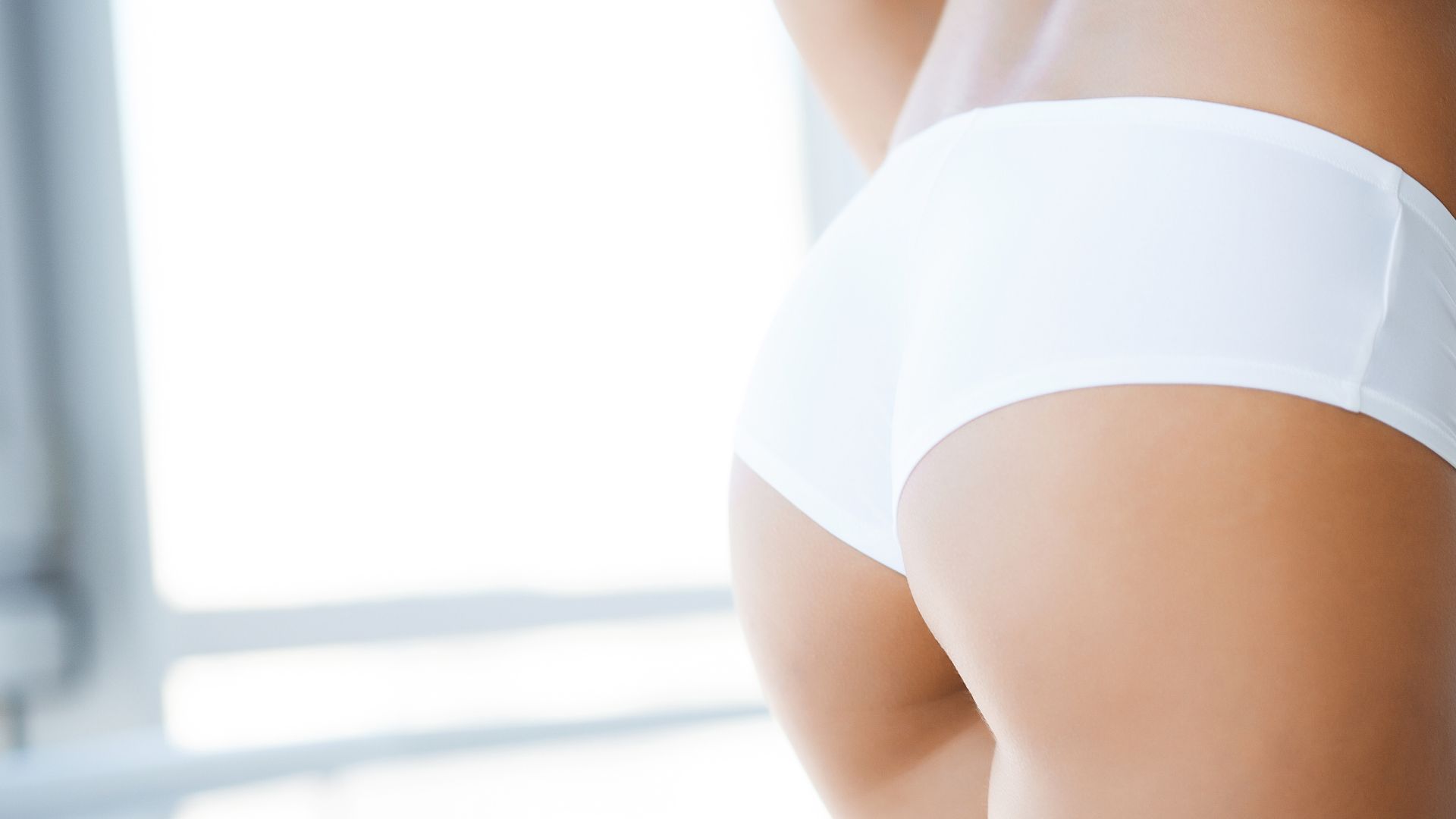Fat transfer procedures, especially fat transfer from stomach to butt, have become increasingly popular in Dubai. Many patients choose this option for achieving fuller, natural-looking buttocks without implants. However, as with any surgical procedure, it’s important to understand the potential for scarring, the recovery process, and the long-term results. In this post, we’ll cover everything you need to know about fat transfer from stomach to butt, including scarring insights from the Best Butt Fat Transfer Surgeon in Dubai, cost, recovery, and the expected results.
What is Butt Fat Transfer?
Butt fat transfer, also known as fat grafting buttocks or fat transplant to buttocks, is a cosmetic procedure where fat is harvested from areas like the stomach, thighs, or hips, purified, and then reinjected into the buttocks to create a fuller, more sculpted appearance. The procedure can be done for individuals who are looking for a natural enhancement to their curves.
How is Fat Transfer Performed?
The procedure typically involves liposuction to remove fat from the stomach to buttocks or another donor area. The harvested fat is then processed and purified before being injected into the buttocks. It is a minimally invasive procedure compared to traditional implants, and most patients enjoy the dual benefit of reducing fat from one area and enhancing their buttocks.
Scarring and Healing Process
While any surgical procedure involves some risk of scarring, butt fat transfer recovery is generally less invasive than other surgical options like implants. The fat is injected through small incisions, which usually leave minimal scarring. In most cases, these incisions are so small that they are not noticeable once healed. That said, the scarring can depend on the skill of the surgeon, making it crucial to choose one of the Best Doctors in Dubai.
During the recovery period, it’s important to follow post-operative care instructions to minimize scarring and improve the healing process. These typically include wearing compression garments, avoiding sitting directly on the buttocks for a few weeks, and following up with your surgeon for check-ups.
What to Expect Before and After a Butt Fat Transfer
Butt fat transfer results can vary, but most patients notice immediate improvements in the shape and size of their buttocks. Because the procedure uses your own fat, the results look natural and smooth. Over time, some of the transferred fat may be absorbed by the body, but with proper care, the majority of the results are long-lasting.
Before undergoing the procedure, consult with the fat transfer clinic in Dubai to discuss your goals and ensure that you’re a suitable candidate for the surgery. Your surgeon will assess your body type and explain what can be realistically achieved with fat grafting. After the Butt Fat Transfer in Dubai procedure, patients typically see a noticeable enhancement in the size and shape of their bum.
Butt Fat Transfer Cost in Dubai
The Butt Fat Transfer Cost in Dubai can vary depending on several factors, including the experience of the surgeon, the complexity of the procedure, and the clinic’s reputation. On average, the butt fat transfer cost in Dubai ranges from AED 25,000 to AED 40,000. It’s important to remember that while cost is a consideration, choosing a qualified surgeon is crucial for ensuring the best possible results and minimizing risks.
Butt Fat Transfer Recovery
The butt fat transfer recovery process is relatively smooth, though it requires patience. Most patients can return to work within a week, but it may take several weeks for the swelling to subside and for the final results to be seen. It’s recommended to avoid sitting directly on the buttocks for at least two to three weeks after surgery to prevent the transferred fat from being displaced.
Before and After Results
The difference between the before and after of fat transfer to bum is typically striking. In the “before” stage, many patients are dissatisfied with the shape or size of their buttocks. After the procedure, patients often experience a fuller, more youthful appearance that looks completely natural. However, it’s important to keep in mind that some of the transferred fat may be absorbed by the body, and patients may need touch-ups in the future to maintain their desired appearance.
FAQs About Butt Fat Transfer
1. What is the best age for butt fat transfer surgery?
There is no specific age for butt fat transfer surgery. However, it is generally recommended for individuals between the ages of 25 and 45, who have good skin elasticity and enough donor fat available for harvesting.
2. How much fat can be transferred to the buttocks?
The amount of fat that can be transferred varies based on the individual’s body size and the desired result. Typically, between 200 to 500cc of fat can be transferred to each buttock, but this can vary.
3. Are the results permanent?
The results of fat transfer to bum are long-lasting, but some of the fat may be reabsorbed by the body over time. Touch-up procedures may be required to maintain the desired size and shape.
4. How do I choose the best surgeon for fat transfer in Dubai?
Choosing the Best butt fat transfer surgeons in Dubai involves researching their experience, reviewing before and after photos, and ensuring they are certified by reputable medical boards. It’s also crucial to have a consultation to discuss your goals and expectations.
5. Is there any risk of complications with butt fat transfer?
Like all surgical procedures, there are risks, including infection, fat reabsorption, and asymmetry. However, choosing an experienced surgeon and following post-operative instructions can significantly reduce these risks.
Conclusion
In conclusion, butt fat transfer in Dubai is an excellent option for individuals seeking a natural enhancement to their curves. While scarring is generally minimal, recovery is crucial to achieving the best possible results. Be sure to consult with the best fat transfer surgeons in Dubai to ensure you are making an informed decision about your procedure, costs, and post-surgery care.

